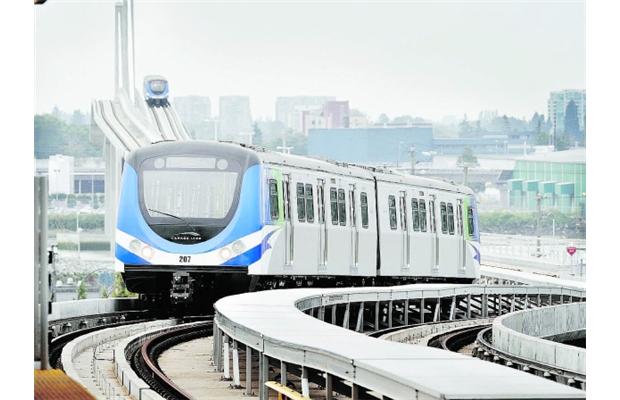
Canada Needs an Infrastructure Plan
All levels of government must collectively identify needs.
Op-ed originally published in The Vancouver Sun on August 5, 2014
We need to invest now in public transit to accommodate the one million new residents expected during the next 30 years, yet there is much debate about which projects to focus on and where the funding will come from, according to Barj Dhahan, the founder and chief executive officer of Sandhurst Group.
Former chief economist and senior vice president of the World Bank, Justin Yifu Lin, was presented in May with an honorary doctoral degree from UBC for his contributions to the field of economics and development. Lin has written extensively about the importance of investments in infrastructure to promote healthy economies. He has recently proposed the development of a Global Structural Transformation Fund, sparking me to reflect on the need for a comprehensive infrastructure plan for Canada.
Investing in infrastructure has been shown to be a key factor in the development of robust economies. According to the World Bank, a 10-per-cent increase in infrastructure investment leads to a one per cent growth in GDP. Lin has said that, “Such investment also creates jobs, both in the short term, by creating demand for materials and labour, and in the long term, for related services. For example, every $100 million invested in rural road maintenance translates into an estimated 25,000-50,000 job opportunities.”
In cities, improving transit infrastructure not only creates jobs, but has also been shown to increase productivity as people are more easily able to get to and from places of work. The economic benefits of infrastructure investment are clear, but how do we ensure the most efficient and effective infrastructure planning?
In late March, the New Building Canada Plan was launched by the federal government, allocating $53 billion during 10 years to infrastructure development. While the plan includes funds to address needs at different levels, there is confusion about how this money will be allocated, when it will be allocated, and who will make those decisions.
There are critiques that the plan does not make sufficient funds available for the first two years, and many municipalities are left wondering if they will be able to address serious local infrastructure problems any time soon.
What is troubling about this plan and similar funding sources, is that money is allocated based on a competitive process. Provinces and cities must submit applications to fund their specific needs and hope their project will be selected. The problem is exemplified by the current debate around public transportation investments in Metro Vancouver.
It is clear we need to invest now in public transit to accommodate the 1 million new residents expected during the next 30 years, yet there is much debate about which projects to focus on and where the funding will come from. Metro Vancouver mayors recently presented a transportation investment plan covering major projects for the next 10 years but the provincial government rejected the mayors’ hope to use carbon tax revenues to help fund the projects.
Should each municipality be left on its own to come up with the funds? Should Surrey compete against Vancouver to fund each of its proposed rapid transit projects?
Currently, there is no sustained source of federal funding to address transit or other core infrastructure needs for municipalities; the ongoing debate between Metro Vancouver mayors and the province highlights this major gap.
What is needed is a comprehensive infrastructure plan for the country based on ample dialogue between experts and all levels of government that clearly lays out an investment plan for the short, medium, and long-term with funds earmarked for specific projects.
Stakeholders would need to come together to clearly define the country’s major infrastructure needs and to formulate agreements in principle about project priorities, criteria, and funding sources in order to make efficient decisions.
Such a strategy would contribute to economic growth not only by investing in infrastructure, but also by facilitating strategic planning to ensure that projects are undertaken in a timely manner and on budget. It would allow for government, industry, labour and community groups to strategize regarding material and labour needs, generating a steady flow of employment opportunities for Canadians.
Most important, it would not pit municipalities against each other, but instead would include regular dialogue and consensus-building between all levels of government to make sure no one is left in the dark, both figuratively and literally!


